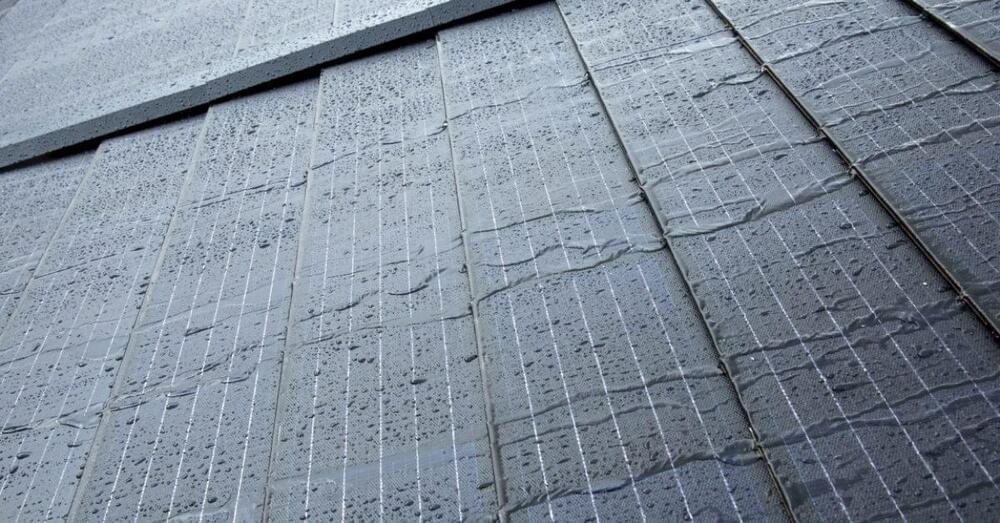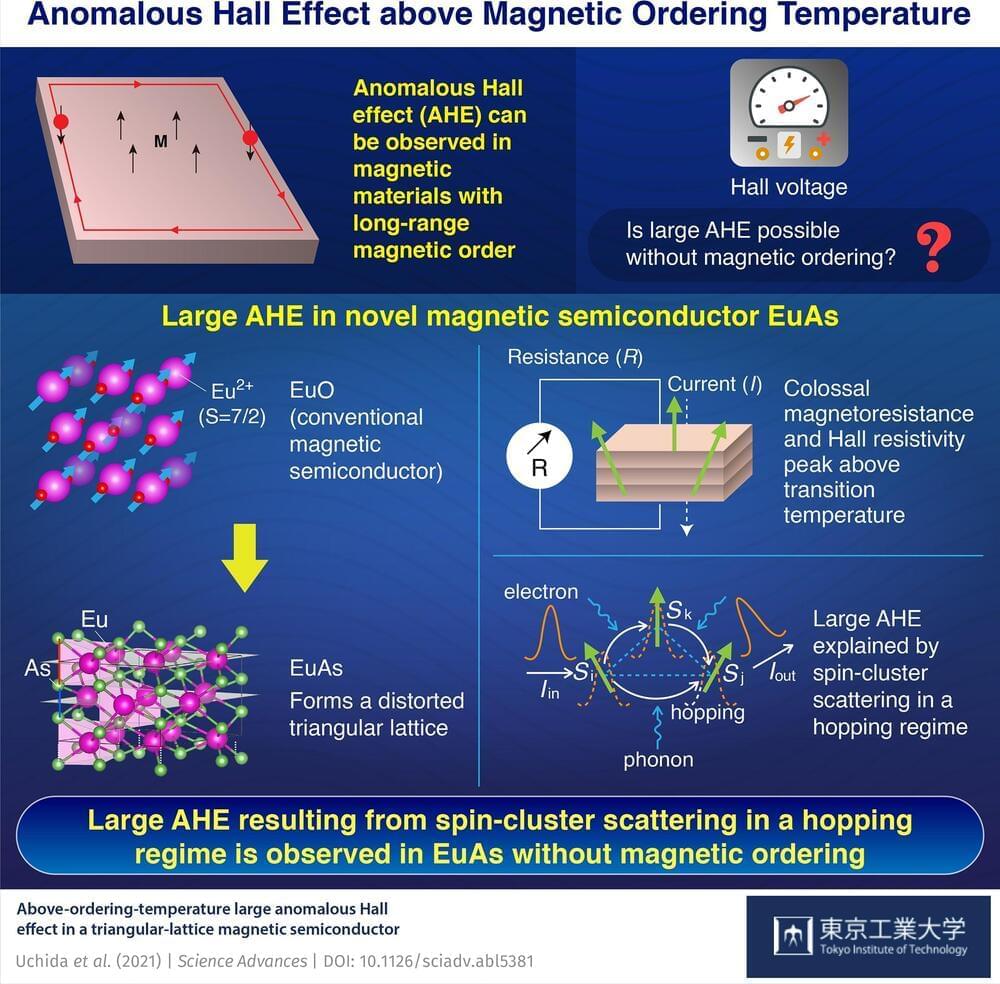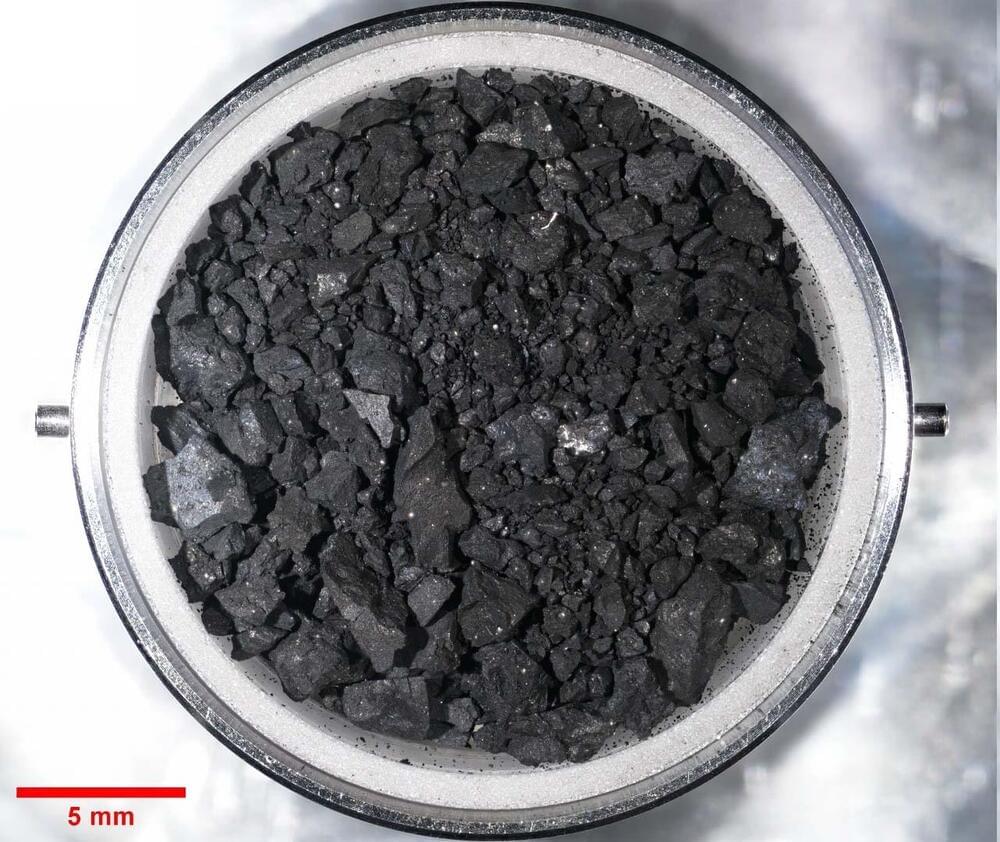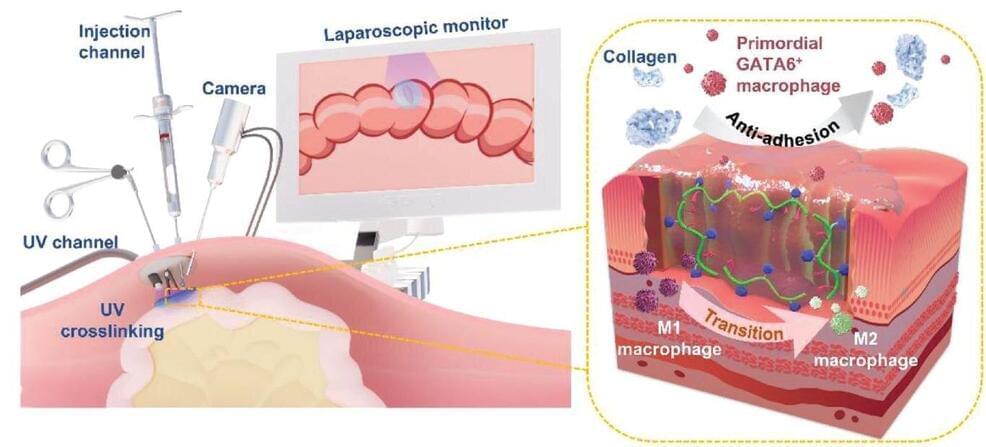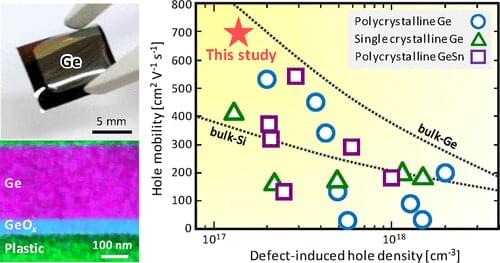Invisibility devices may soon no longer be the stuff of science fiction. A new study published in the De Gruyter journal Nanophotonics by lead authors Huanyang Chen at Xiamen University, China, and Qiaoliang Bao, suggests the use of the material Molybdenum Trioxide (a-MoO3) to replace expensive and difficult to produce metamaterials in the emerging technology of novel optical devices.
The idea of an invisibility cloak may sound more like magic than science, but researchers are currently hard at work producing devices that can scatter and bend light in such a way that it creates the effect of invisibility.
Thus far these devices have relied on metamaterials – a material that has been specially engineered to possess novel properties not found in naturally occurring substances or in the individual particles of that material – but the study by Chen and co-authors suggests the use of a-MoO3 to create these invisibility devices.

